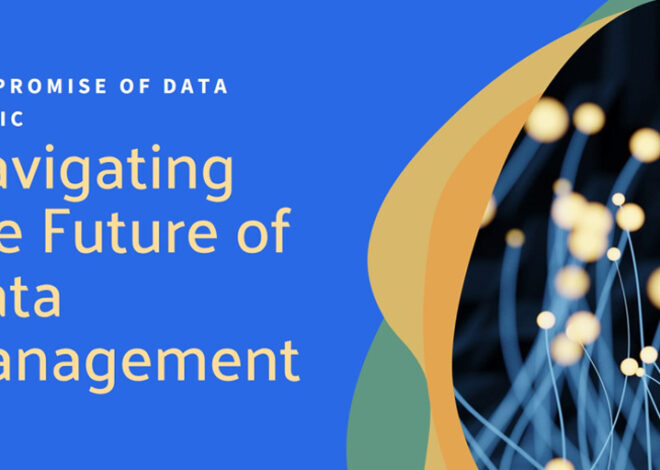Email Archiving: A “Must Have” For Today’s Enterprise
In my last blog Enterprise Data Archiving: Still Essential in the Information Age. I explored why data archiving for unstructured data and files is incredibly important. This blog explores the compelling reasons why enterprise email archiving is essential for a complete Information Lifecycle Management strategy for enterprises. In today’s digital age, email remains the cornerstone […]





















